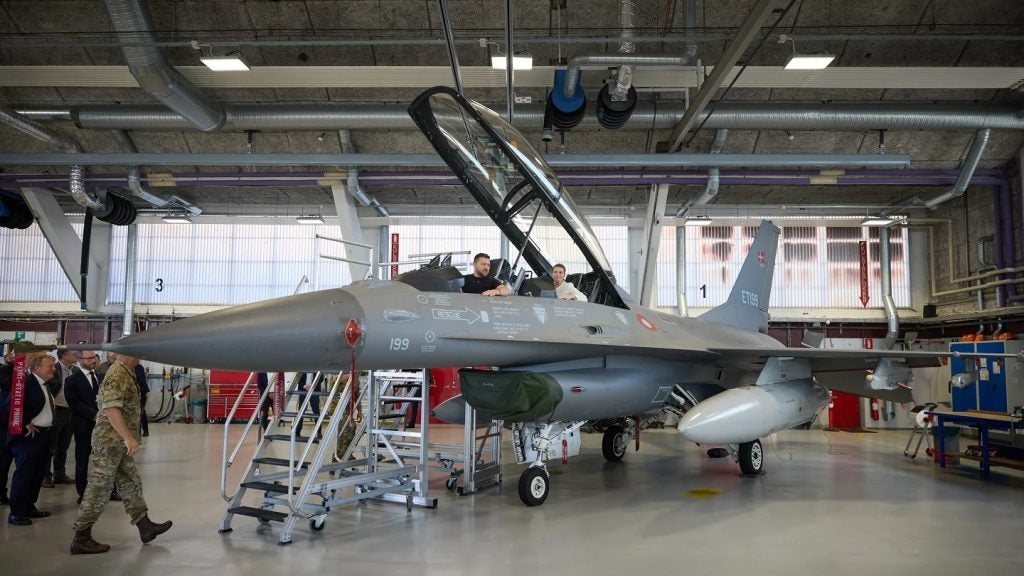Ukraine could begin to receive F-16 aircraft from Spring of 2024 as part of initial operating capability being provided by Nato allies to Kyiv, as it combats Russian forces following Moscow’s February 2022 invasion of its neighbour.
The development was revealed during a press briefing on 11 October following the 16th meeting of the Ukraine Defence Contact Group (UDCG), which comprises 50 nations that are committed to supporting Ukraine in its ongoing war against Russia.
Briefing the media, US Secretary of Defense Lloyd J. Austin III said that it “would take months” to deliver an F-16 capability to Ukraine, potentially by the Spring of 2024 “at the earliest”.
US to lead ‘air capability coalition’
The US will also move to the front of the Nato pack in helping to deliver air combat capabilities to Ukraine following the announcement it would lead an ‘airforce capability coalition’, with other such groupings focused on armour, artillery, naval, IT infrastructure, and landmine clearance.
Austin said that the US would “step up to help lead” the air force component of the capability coalitions, with Denmark and the Netherlands described as “co-leading” the group.
Previously, Denmark and the Netherlands were tasked with leading the UDCG efforts to deliver F-16 fighters to Ukraine, with both countries committed to the provision of platforms as well as training. Norway is also committed to some F-16 provision.
The US, for its part, is not currently committed to the provision of F-16s from its own inventory, although is assisting in training Ukrainian combat pilots at sites in the United States.
It is not known what factors resulted in the move for the US to ‘co-lead’ the air capability coalition.
Regarding the purpose of capability coalitions, Austin said the structures would see various countries tasked with leading the delivery of system relevant to their domain, with the US now forming a leading role in air combat provision.
Exact numbers of F-16 aircraft that will be provided to Ukraine is not clear, although it could be upwards of 42 platforms, depending on national commitments.
Additional reporting from John Hill and Harry McNeil.









